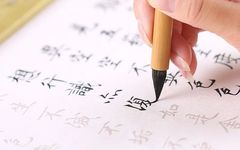
The handling of 虚实 (xu shi) (void and reality) runs throughout calligraphy. Without 虚实 (xu shi), there is no contradiction, just as a drama without conflict becomes dull and uninspiring.
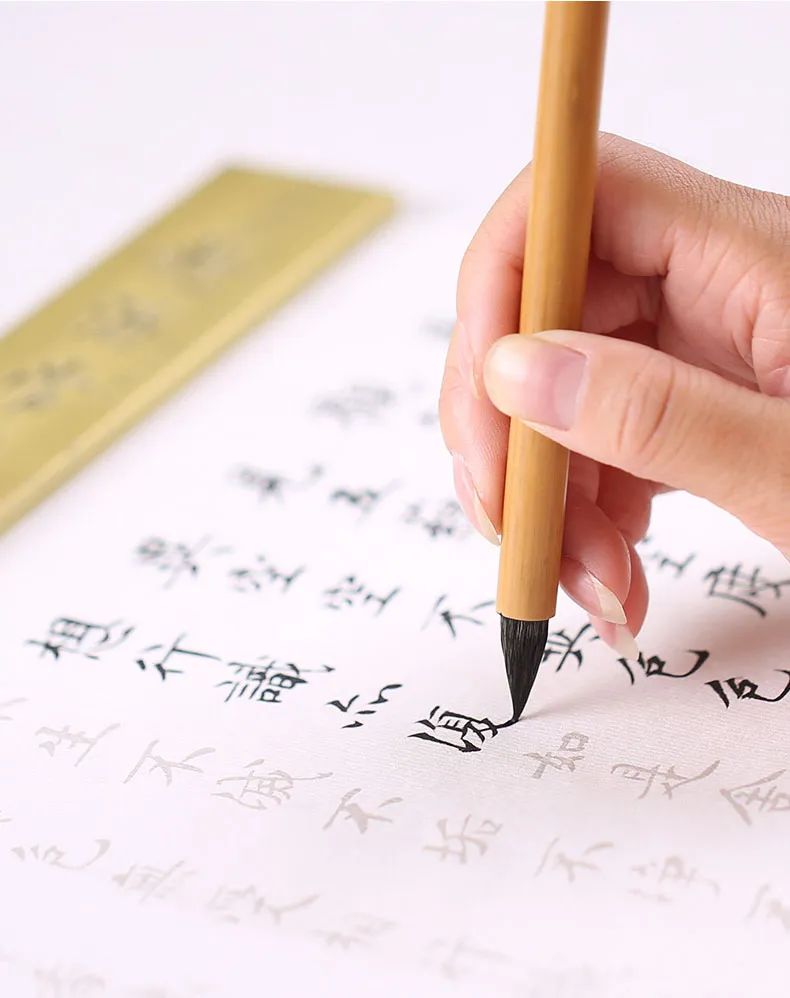
The structure of characters requires 虚实 (xu shi), and the composition must also embody 虚实 (xu shi). It is important to note that we strive to gain insights from the classical works of ancient sages to aid our calligraphic creations. Generally speaking, areas with loose spacing, light strokes, and lighter ink usage tend to create a sense of 虚 (xu) (void); conversely, areas with tight spacing, heavy strokes, and rich ink usage visually convey a sense of 实 (shi) (reality). Below are some works for exploratory and rough analysis.1. Wang Xizhi’s 《行穰帖 (Xing Rang Tie)》, the initial “足下 (zu xia)” has relatively large spaces between strokes and lighter strokes, while the final “佳 (jia)” is also lighter, representing the 虚 (xu) part. The section enclosed by the white line has heavier strokes, thus clarifying the overall relationship of 虚实 (xu shi).
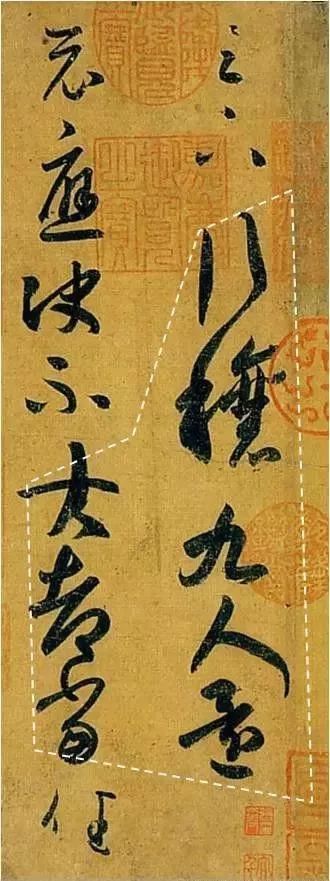
2. Wang Xizhi’s 《妹至帖 (Mei Zhi Tie)》, has three areas where the strokes are handled lightly and fluidly, the sections enclosed by the white line “之可言 (zhi ke yan)”, “夕 (xi)”, and “虑 (lü)” appear more 虚 (xu) compared to other areas.

3. Wang Xizhi’s 《二谢帖 (Er Xie Tie)》, the section enclosed by the white line “想邰儿 (xiang tai er)” and “所送 (suo song)”, along with the large spacing of “静 (jing)” and “羲 (xi)” creates a relatively 虚 (xu) area. The following “患者善 (huan zhe shan)” is also light, forming another 虚 (xu) area.
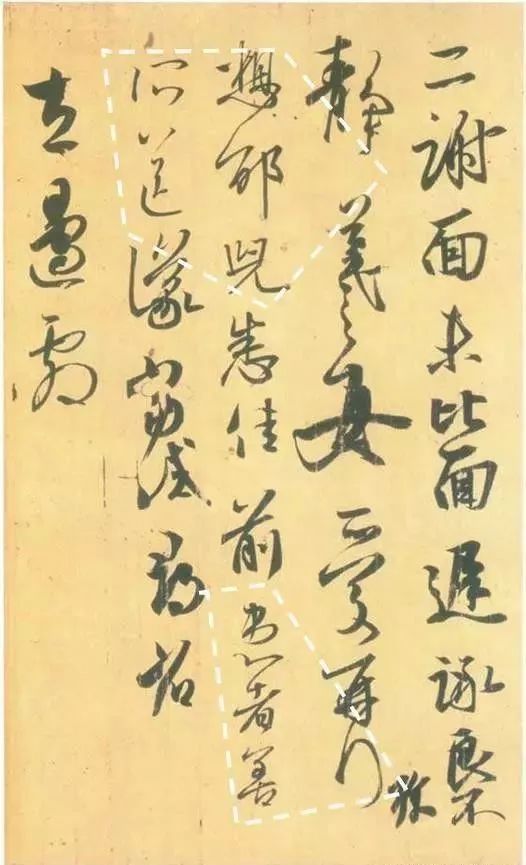
4. Wang Ci’s 《一日无.申帖 (Yi Ri Wu. Shen Tie)》, this 虚实 (xu shi) is quite clear, with a concentrated area in the middle that feels very 实 (shi), while other areas are more 虚 (xu).
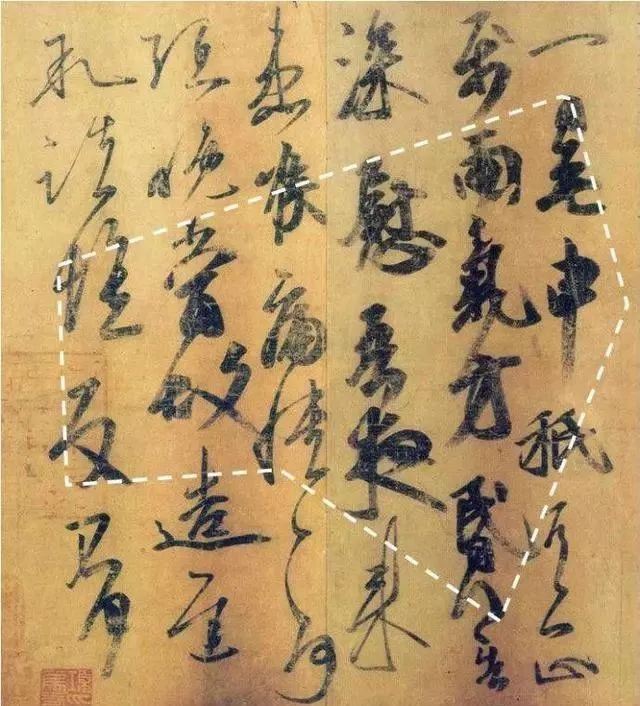
5. Wang Xizhi’s 《得示帖 (De Shi Tie)》, the lower part has concentrated heavy strokes and dense spacing, appearing very 实 (shi).
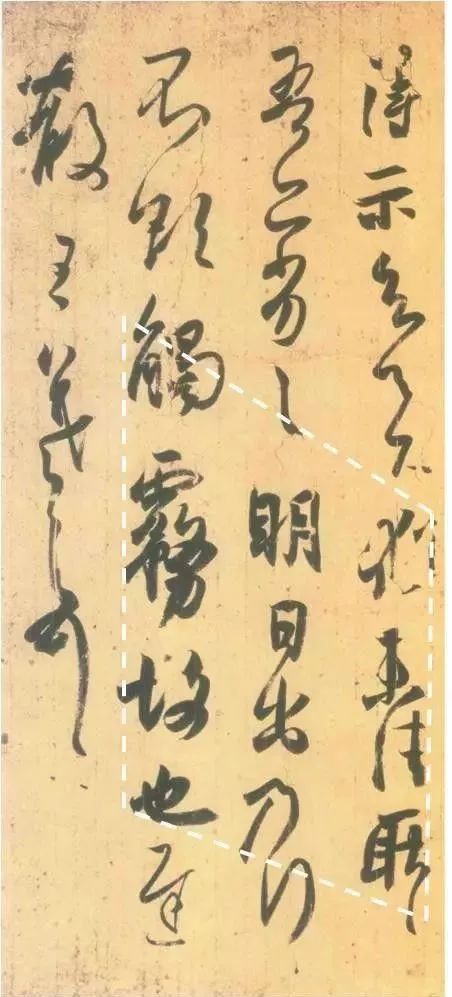
6. Huaisu’s 《苦笋贴 (Ku Sun Tie)》, the lower section is heavy and dense, creating a sense of 实 (shi).
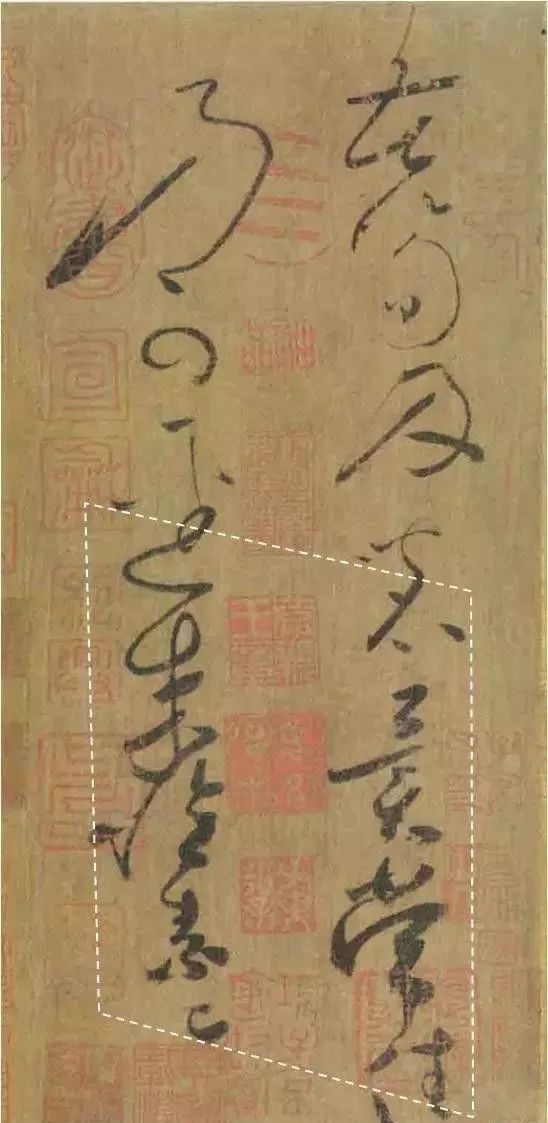
Observing 虚实 (xu shi) requires summarization, looking at the overall picture and observing by blocks makes it easier to discover the intricacies within.
 FollowingNi Haixia teacher, learning Traditional Chinese Medicine
FollowingNi Haixia teacher, learning Traditional Chinese Medicine

